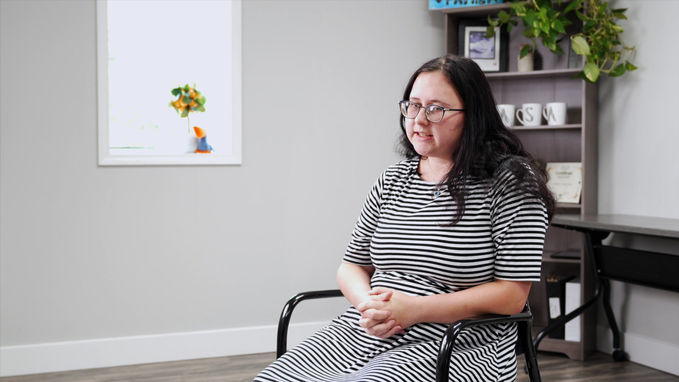

what is CASA
From their perspective...
It's More Than Volunteering.


Cammi - Formerly in Foster Care

Honorable Joseph Purschke - Juvenile Court Judge

Jenny - Foster Parent

Cathy & Gabby - CASA Volunteers
CASA History
In 1977, Seattle Superior Court Judge, David Soukup, was concerned about making decisions on behalf of abused and neglected children without enough information. He had the idea of appointing community volunteers to speak up for the best interests of these children in court. He made a request for volunteers—Court Appointed Special Advocates (CASA®). Fifty citizens responded, and that was the start of the CASA movement.
Today, there are nearly 98,000 advocates serving in 939 programs in 49 states and Washington D.C. In 2022, CASA Volunteers advocated for 242,000 children and donated millions of hours. CASA programs across the country are known by several different names, including Guardian ad Litem (GAL), Child Advocates and Voices for Children.
Since the inception of CASA advocacy, volunteers have helped millions of children find safe, permanent homes.
CASA Volunteers
CASA volunteers work with one child or sibling group to provide stability and consistency for the child. We want everyone on the child’s team to know the wants, needs, fears, successes, and questions of the child. We want to make that child’s voice heard. This is called best-interest advocacy.
Hover over each role in the graphic below to learn more.

CASA
Best-Interest Advocacy

LEARN
Learn all you can about the child and their family and life.
ENGAGE
Engage with the child during regular visits.
COLLABORATE
Collaborate with others to ensure that necessary services are provided and in the child's best interest.
REPORT
Report what you have learned and what you have observed to the court.
RECOMMEND
Speak up for the child's best interests in court. Make recommendations regarding the child's placement and needed services, and monitor the child's situation until the case is released by the court.

CASA Volunteers visit their children at least once a month, attend court and Family Support Team meetings, and visit with people who know the child. The information that the volunteer learns is then submitted to the presiding Judge on the child’s case, in the form of a court report, to help inform the court about a child’s wishes and well-being.
CASA Volunteers form special bonds with their children and create a relationship of consistency, trust, and communication. Whereas Caseworkers, Guardians ad Litem, and Juvenile Officers have many children and families with whom they work, CASA Volunteers are only required to advocate for one child or sibling group
